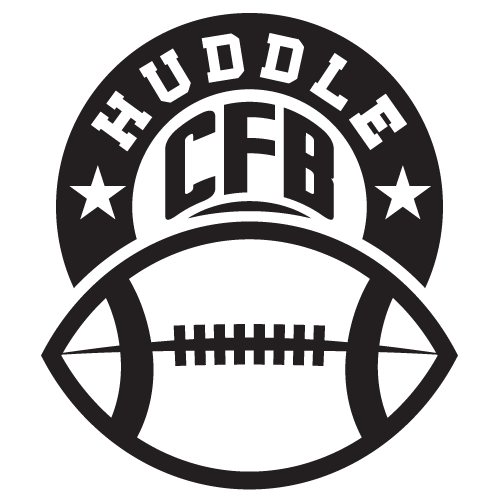From Middle School to College
On the condition of anonymity, a 2017 5-star recruit told CFB Huddle that the processes are now beginning at a time when even most are still figuring out how to navigate the social scene in their own middle schools — never mind planning for relationships five and six years in the future.
“The recruiters recognize those kids at such a young age and build a relationship with them throughout the years. They’re going to have favorites,” the 5-star prospect said. “Early on — I’m talking seventh, eighth grade years — that’s when they really set the foundation for all the recruiters to start a relationship with them and get to experience what [the recruiting process is] going to be like.”
Kercheval says that process beginning at an earlier age is not necessarily a good thing, noting the maturation process — physical and emotional — one undergoes from middle school through high school.
“We’re creeping into an entirely too young of age for recruiting,” he said. “When a six or an eighth grader has a recruiting profile on Rivals or whatever, the kid is not even a football player. He’s just a kid. He’s a no-star recruit because he’s in the seventh grade, no one knows what he’s capable of doing [in high school and beyond].
“That’s the stuff that weirds me out,” he said. “When you include the fact that we live in an age of promotion and exposure, I think these sorts of problems go hand-in-hand, like the chicken and the egg argument.”
Using the example of former USC head coach Lane Kiffin offering current West Virginia wide receiver David Sills when Sills was only 13 years old, Kercheval outlined how the relationship had pros and cons.
The recruit takes on more of the cons. The pros skew more to that coach doing the recruiting.
“I get that it’s non-binding and it technically doesn’t hurt anybody,” Kercheval said of these types of offers. “You’re not signing away your life or anything, but the last thing you ever want to do to a kid is to give him tunnel vision that he’s going to be a USC Trojan when he’s 12 years old. More often than not, it never works out in that fashion.
“Three years later, Lane Kiffin is no longer there and now there is a new coaching staff and they’ve no interest in whoever this 14-year-old is. Now he’s potentially missed out of a year or two of early recruiting.”
Such was the case for Sills, who remained verbally committed to USC for four, turbulent years, which Sports Illustrated’s Chris Johnston detailed last summer.
“Now that’s just an example, just a one-percenter,” Kercheval notes of Sills and Kiffin. “[But] the one thing I think is wrong with recruiting in general is…kids are impressionable anyway, and they [are] more impressionable the younger they are.”
And the practice of recruiting prospects at a younger age is on the rise. Just last month, Alabama offered a scholarship to eighth-grade linebacker Jesus Machado. Syracuse did likewise with eighth-grade running back Don Chaney Jr.
Recruiting’s demographics are skewing younger.



[…] “The Recruiting Game Part 1: Commitment” (CFB Huddle) Josh Webb dives deep into the world of recruiting, specifically the process of committing, in Part 1 of a three-part series. It includes USC-centric anecdotes on Lane Kiffin’s targeting of the young David Sills. […]